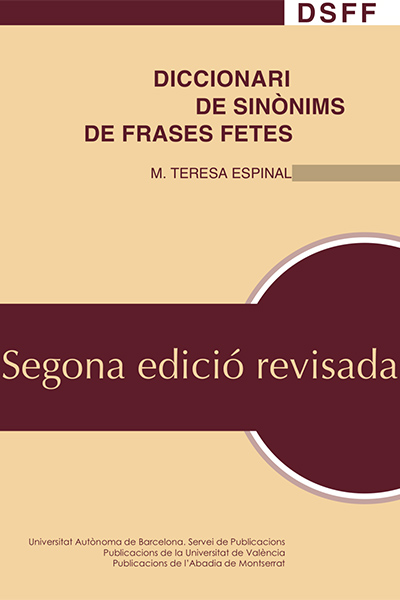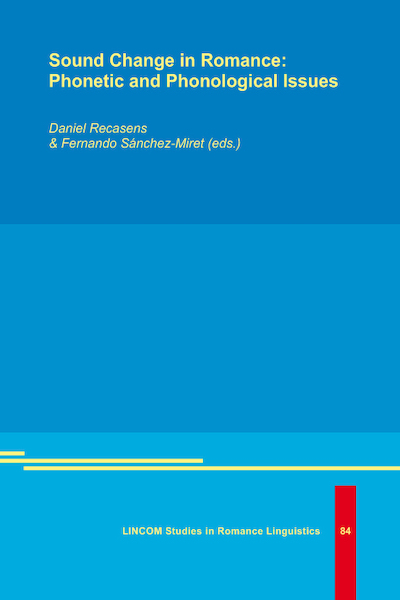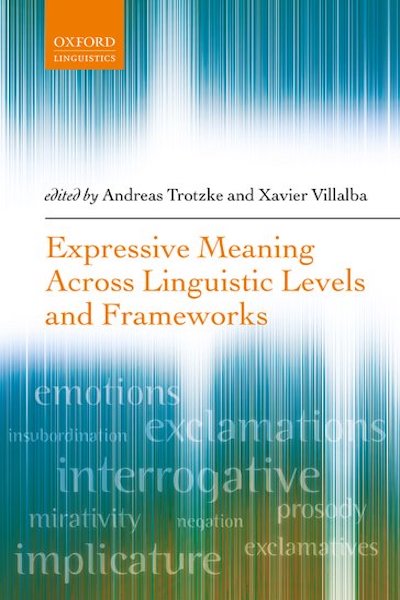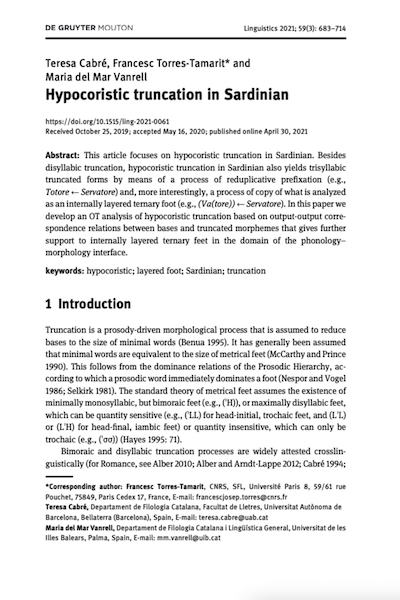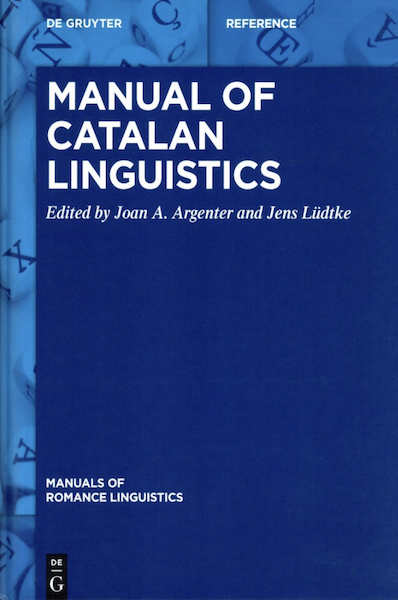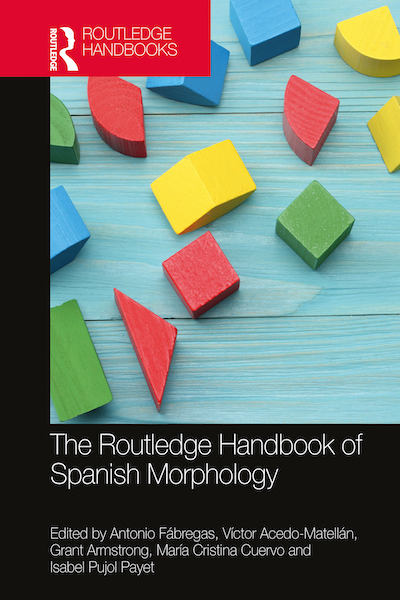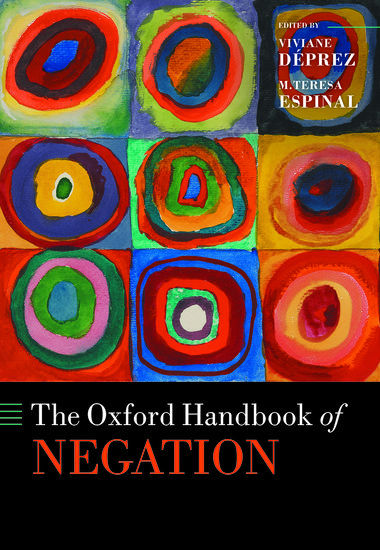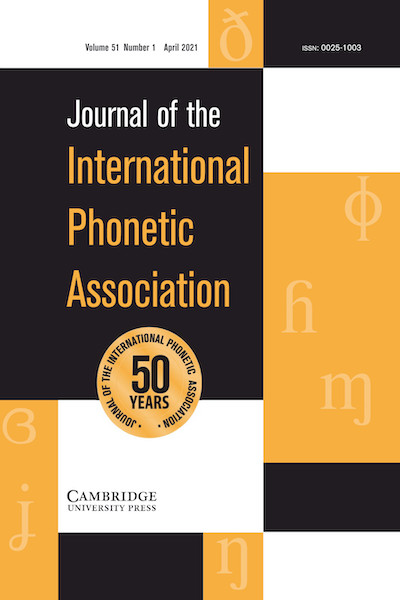
Autors:
Daniel RecasensTítol:
Acoustic characteristics and placement within vowel space of full schwa in the world's languages: A surveyEditorial: Journal of the International Phonetic Association, Cambridge University Press
Data de publicació: 3 de març del 2021
Més informació
Data from about one hundred languages reveal that, in spite of resulting typically from articulatory reduction of peripheral vowels in unstressed position, full schwa may also occur in stressed position in stress languages and in unreduced syllables in languages lacking stress. Formant frequency data reveal that this vowel is mid central, though somewhat shifted to the mid back unrounded area (particularly if long and placed in open syllables and at the edges of words), and exhibits a higher or lower realization depending on the number of mid vowels in the vowel system. In spite of occurring in stressed position, full schwa resembles unstressed schwa in being very short, highly variable and possibly low intensity, which accounts for why it is prone to occur in closed syllables and longer words, and may receive stress only if the remaining vowel nuclei in the word are central and/or short peripheral. Moreover, variability in the F1 and F2 dimensions increases with the number of peripheral mid vowels, which appears to obey symmetry and dispersion principles of vowel space organization.

